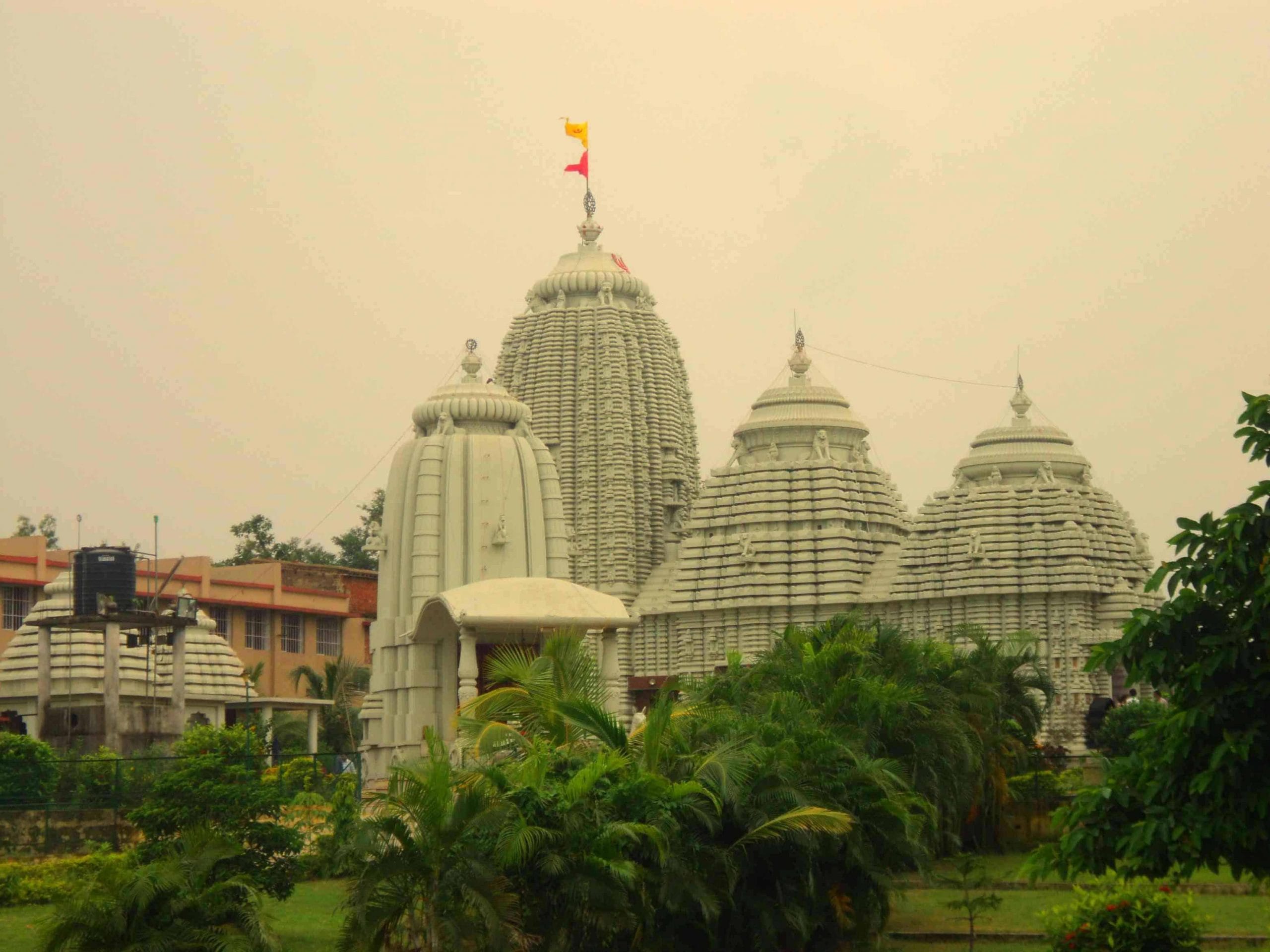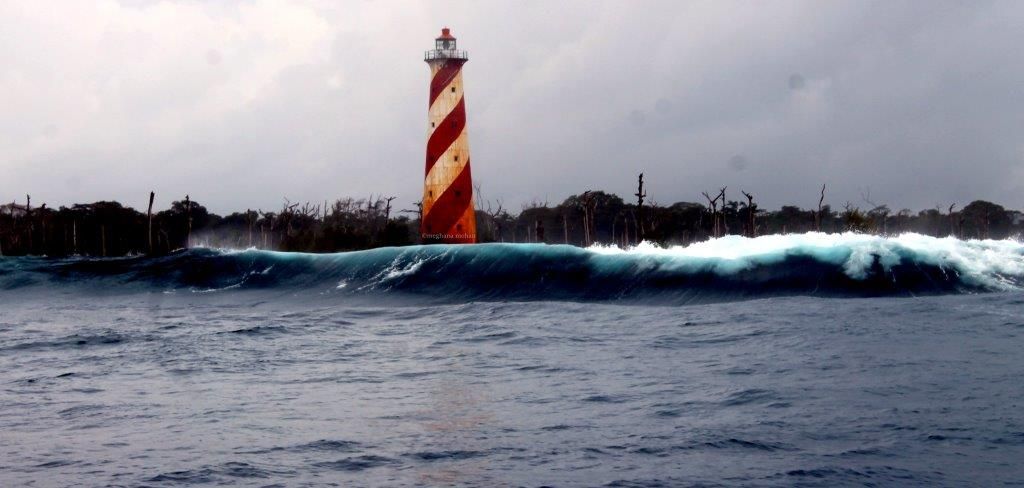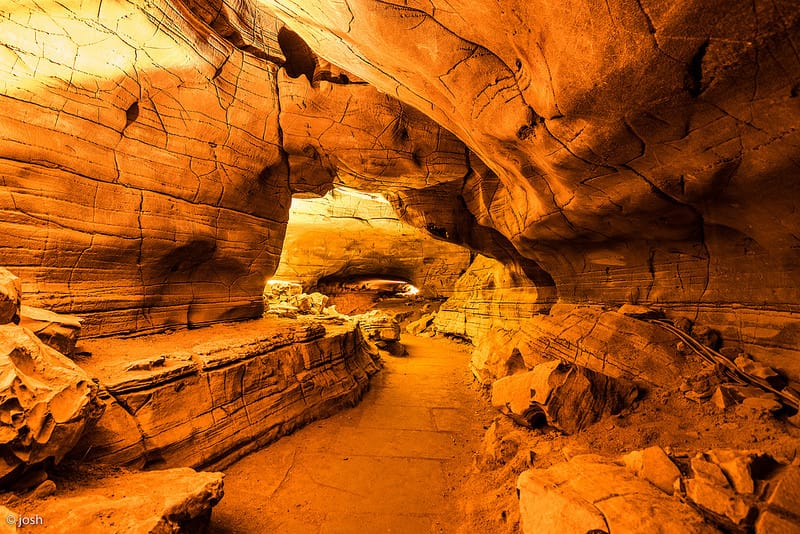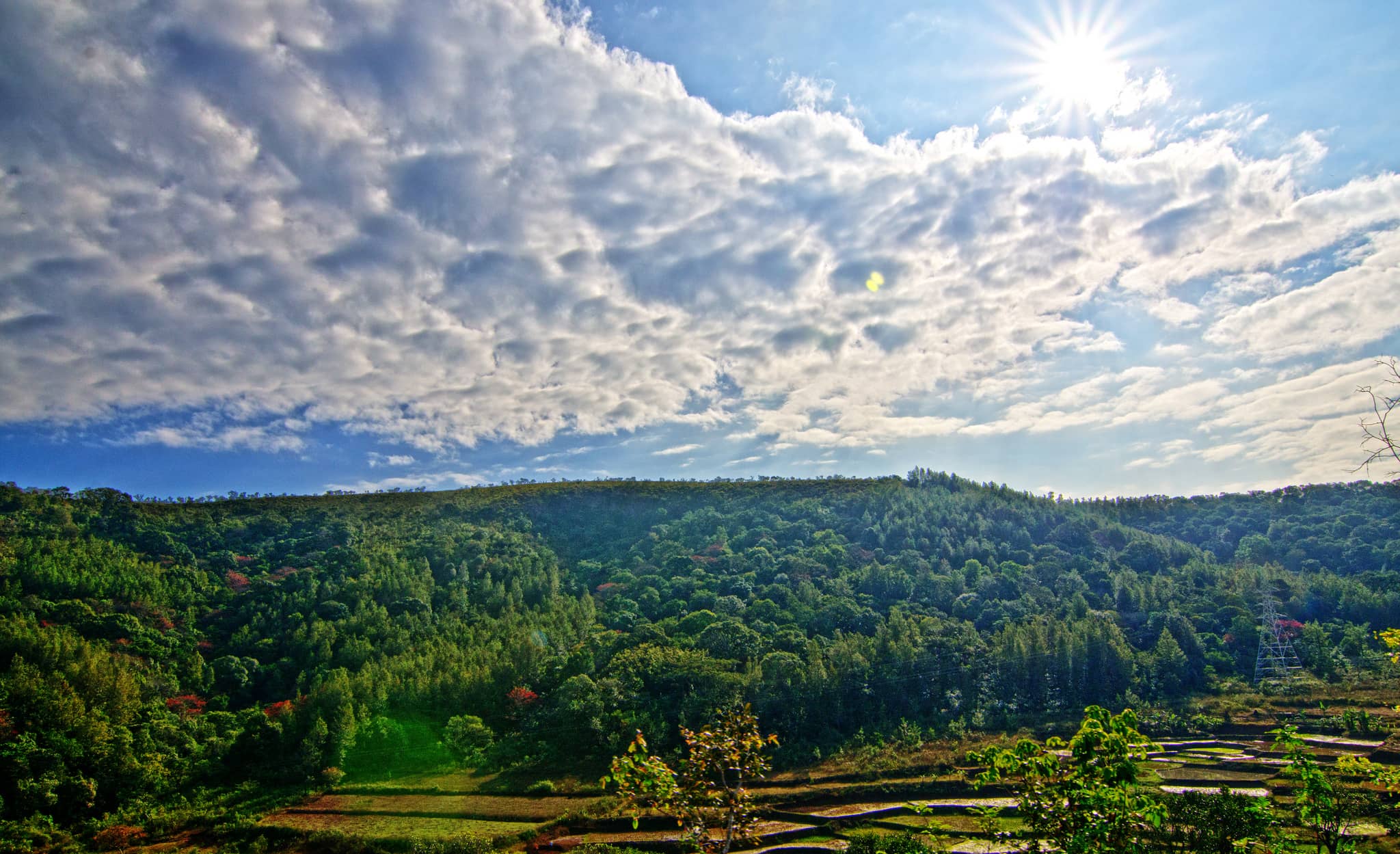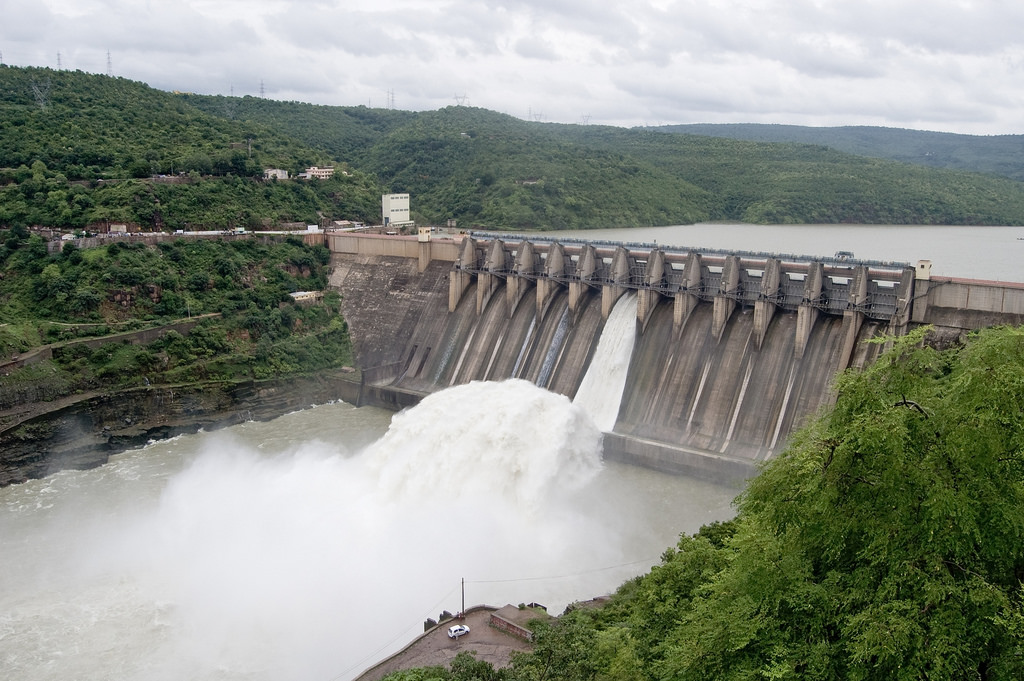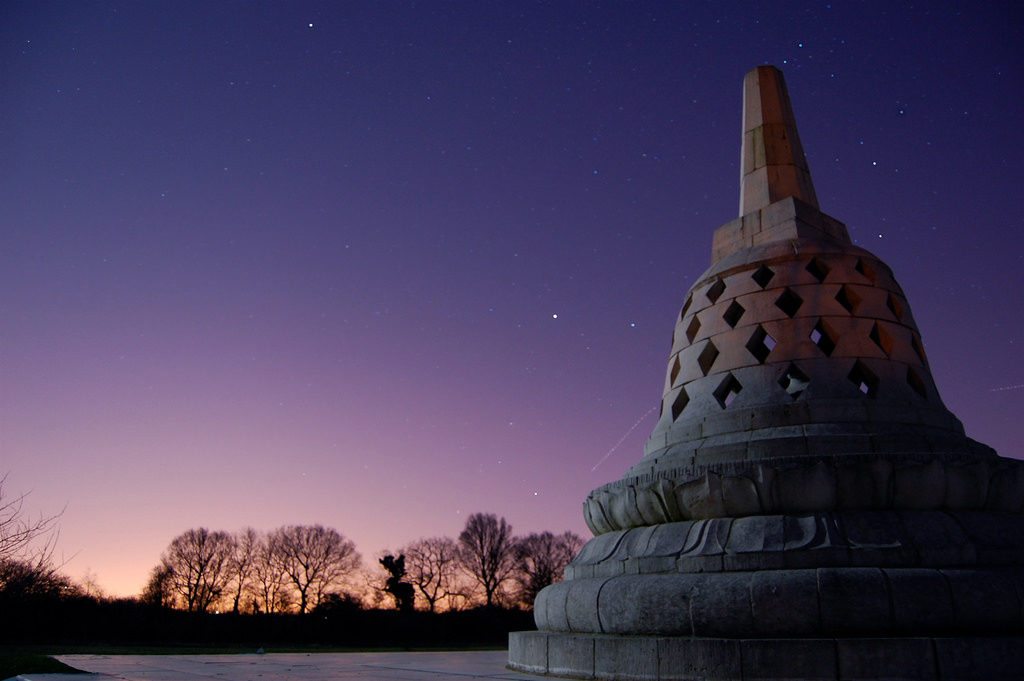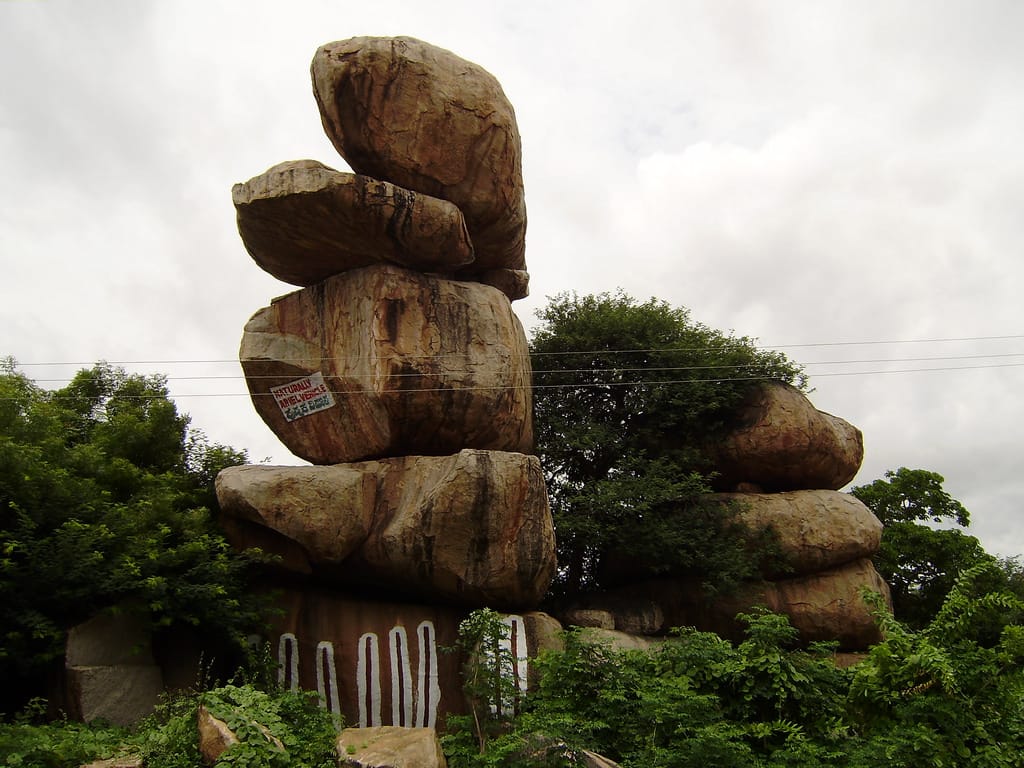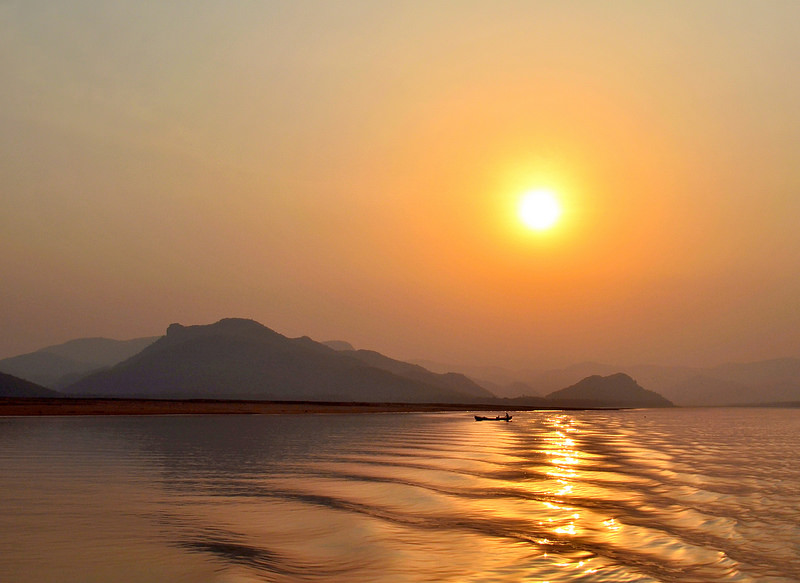Bokaro is a city in the eastern Indian state of Jharkhand, known for its multiethnic and cosmopolitan character, with residents from across India and abroad. Situated at an elevation of 210 meters, it spans an area of 2,883 square kilometers. Bokaro is bordered by Dhanbad and Purulia to the east, Ramgarh and Hazaribagh to the west, Giridih to the north, and Ranchi to the south. It is well-connected via National Highway NH 23.
places to visit in Bokaro
Ram Mandir
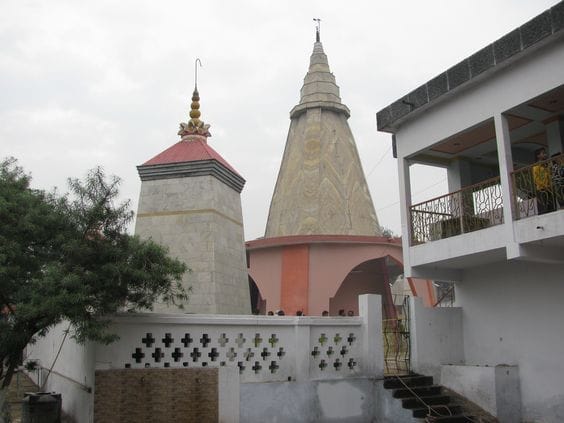
Established in 1967–68 by Pt. Parma Nand Tripathi.
This temple is dedicated to Lord Ram, an incarnation of Lord Vishnu.
It serves as a serene spiritual site for daily prayers and festivals.
The temple architecture reflects simple yet traditional Hindu design.
Devotees gather here especially during Ram Navami.
Kali Mandir
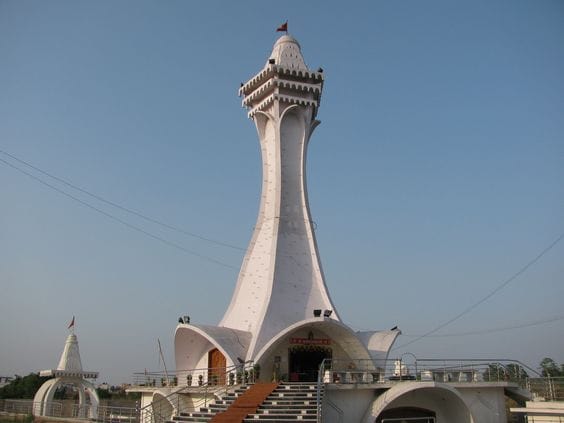
Dedicated to Goddess Kali, the fierce form of Shakti.
It is a prominent religious site for devotees seeking blessings.
The temple hosts large gatherings during Navratri and Kali Puja.
Located in the heart of Bokaro, it draws daily worshippers.
The temple offers a peaceful environment for spiritual reflection.
Jagannath Temple

This white marble temple is dedicated to Lord Vishnu (Jagannath).
It features ornate carvings, landscaped gardens, and a serene pond.
The temple mirrors the architecture of the famous Puri Jagannath Temple.
Rath Yatra is celebrated here with much grandeur and devotion.
It is a well-maintained and visually stunning place for visitors.
Jawaharlal Nehru Biological Park (JNB)
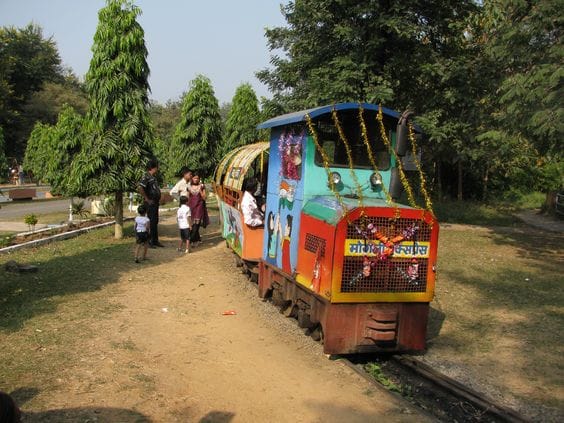
This is the largest zoo in Jharkhand, managed by Bokaro Steel Plant.
It houses a wide variety of wildlife including tigers, lions, and birds.
The park is equipped with boating, walking trails, and picnic spots.
It serves as a popular recreational and educational destination.
JNB offers a lush, green escape for families and nature lovers.
Garga Dam
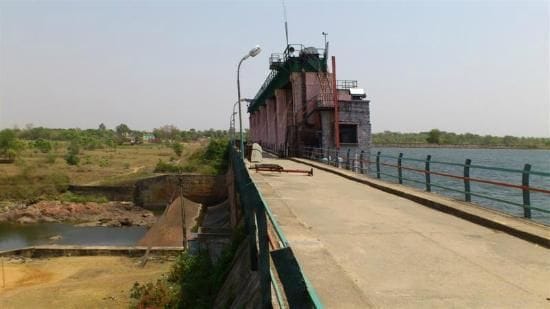
Built in 1950, it’s among the earliest river valley projects in India.
Constructed on the Garga River, a tributary of the Damodar.
It supplies water to Bokaro Steel City and surrounding areas.
The site is a popular spot for picnics and nature walks.
The dam is surrounded by greenery and offers scenic views.
Noori Masjid
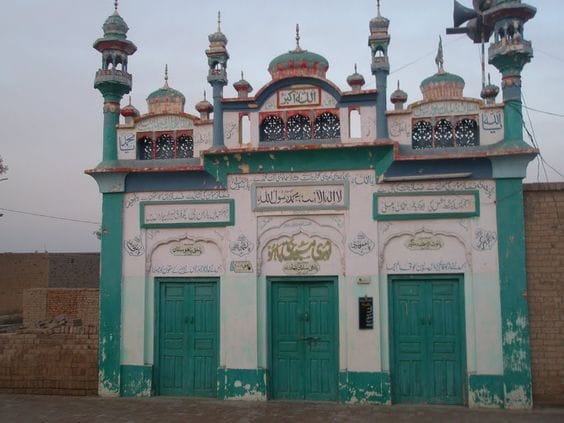
A significant Islamic religious site in Bokaro Steel City.
It serves as a place of daily worship and community gatherings.
The mosque sees high attendance during Eid and Friday prayers.
Known for its clean surroundings and peaceful ambiance.
It reflects the cultural and religious diversity of Bokaro.
Chas
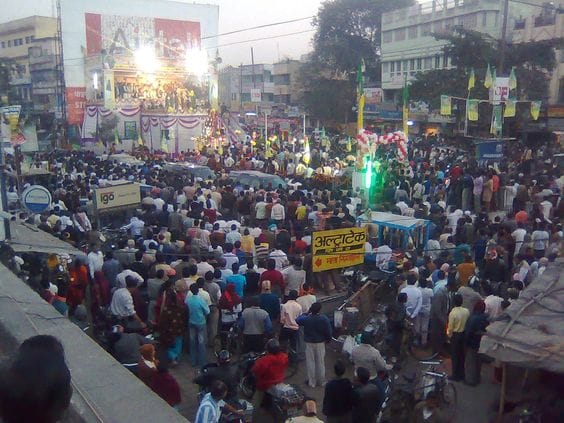
Chas is a major suburban and municipal area of Bokaro.
Known for its wholesale markets, it’s a busy trading hub.
The area includes 35 wards and falls under Chas Nagar Nigam.
Chas has seen rapid urban development in recent years.
It blends commercial growth with residential neighborhoods.
Gayatri Mandir
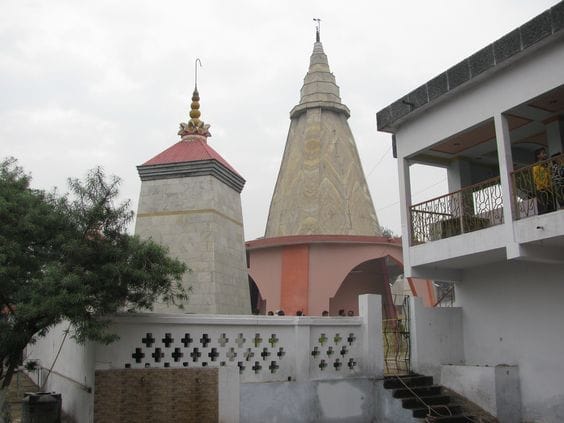
This is one of the oldest temples in Bokaro, located in Sector 9.
Dedicated to Goddess Gayatri, known for wisdom and enlightenment.
It is a serene site for daily prayers and religious functions.
The temple architecture is modest but spiritually vibrant.
Devotees gather here regularly, especially during Gayatri Jayanti.
Ayappa Temple
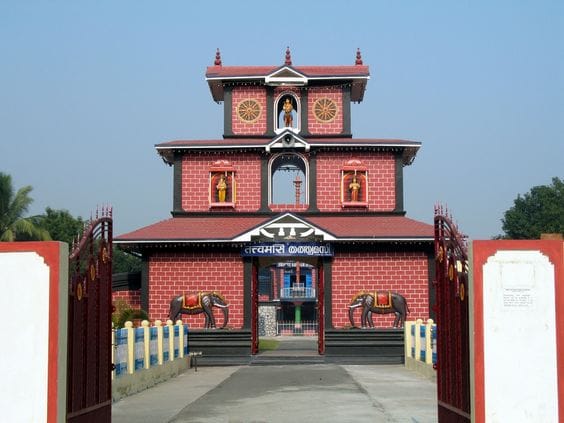
Dedicated to Lord Ayyappa, this temple was consecrated on July 11, 1983.
It follows South Indian temple traditions and rituals.
The temple sees peak devotion during Mandala and Makaravilakku festivals.
It is managed by the local Malayali community of Bokaro.
A place of peace and worship, it attracts both devotees and visitors.
Best Time to Visit Bokaro
The ideal time to visit Bokaro Steel City is between September and March, when the weather is most pleasant.
- Winters (Nov–Feb) are cool and dry, with temperatures ranging from 4°C to 28°C, making it the most comfortable season for sightseeing.
- Summers (Mar–Jun) can be extremely hot and humid, with temperatures soaring above 42°C, which may not be ideal for travel.
- Monsoons (Jul–Sep) bring heavy rainfall, offering relief from the summer heat and making the surroundings lush and green.
- Overall, early winter and post-monsoon months are best for exploring Bokaro’s parks, temples, and dams in cool, clear weather.
